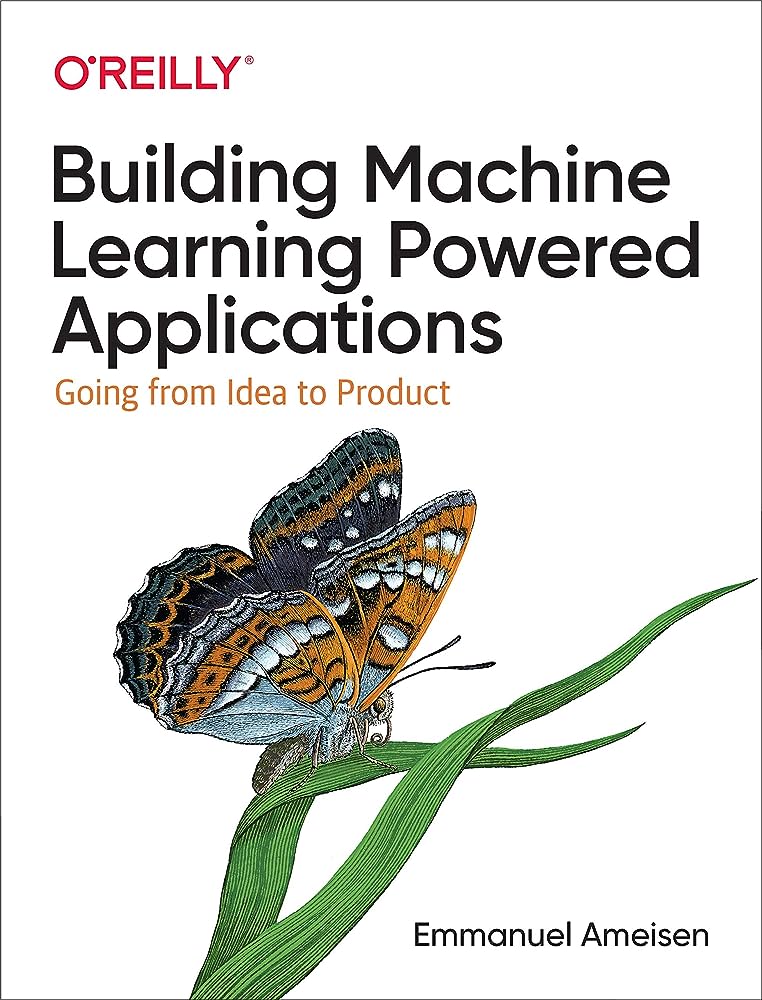Building Machine Learning Powered Applications

This book is for machine learning practitioners who want to learn how to build real-world applications. It covers the essential steps involved in the machine learning process, from ideation to deployment and monitoring. The book emphasizes the importance of simplicity and pragmatism, and it provides practical advice on how to choose the right algorithms, collect and prepare data, and evaluate and deploy models.
Synopsis
If you are a ML practitioner and providing solutions powered by ML but not sure how to develop real-world applications, this book is for you. But don’t expect the topics around deep learning and AI. Suitable for managers who are delivering ML based applications.
Best suited for
True to the title, author Emmanuel Ameisen covers ML. Do NOT expect topics around deep learning and artificial intelligence. This book covers how to ideate, build, iterate, deploy and monitor ML powered applications at 5000 feet but covers necessary practical suggestions.
Review
You might have seen many books in AI/ML that covers how to build real world ML applications and how to adopt MLOps. Emmanuel Ameisen took bit different path in this book. As a regular ritual, this book starts with usual introduction to ML. However, he emphasizes being simplistic during ideate, hypothesis validations of your solutions. During this stage, he suggests to being the algorithm is really a worth suggestion otherwise I am seeing many AI proposals starts with pushing solution offering like Cognitive Service in Azure, Chat/GPT integration, Google Codey into the Enterprise.
Part I and II covers basics of building ML powered applications.
“Create a Plan” chapter explains what are the factors to considers again there is no much different from similar books in this line, but the strategies given by Author is quite practical. Measuring the success on business and your ML model are important. He explains rest of the topics using a practical use case “ML Editor” and on the succeeding chapters, he covered how to build a working pipeline. As he emphasized being simplest with simple scaffolding approach really worth to follow.
His data acquisition approach is really interesting on practical ML application development.
Part III covers Iterates on Models. It is all looks familiar if you are AI/ML practitioner, but he covered areas like Optimization, Generalization, model evaluation. Part IV covers Deploy and Monitor that covers deployment options like server-side, client side and hybrid. These are just known information. Flask on server side, tensorflow lite. Chapter 10 covers how to write reliable ML applications.
Downside:
The book does not cover topics on deep learning and MLOps.
Leave a Reply